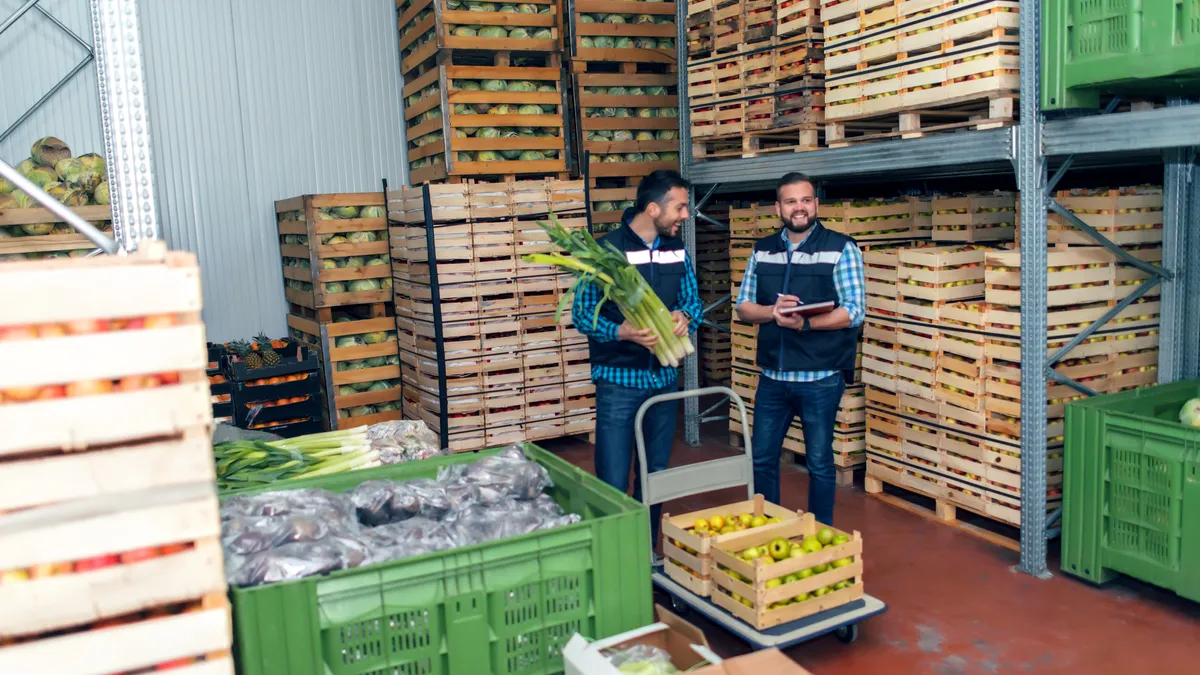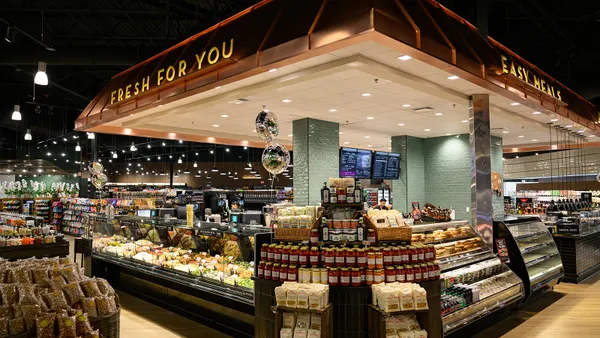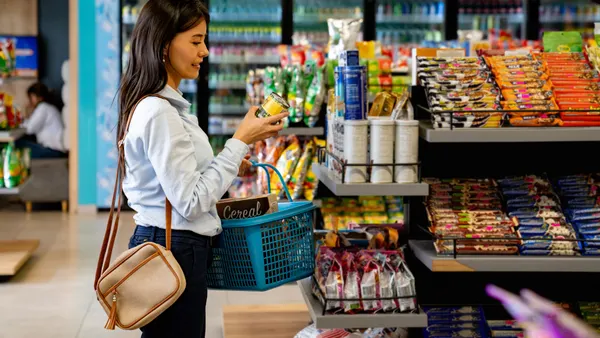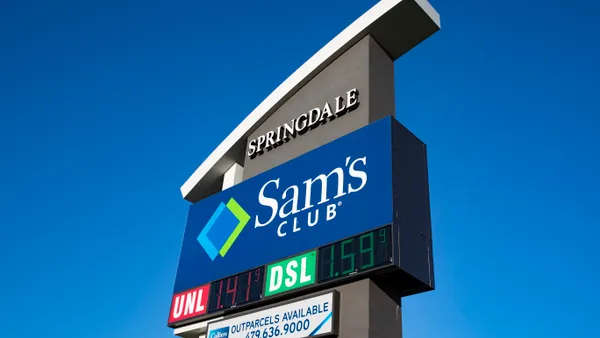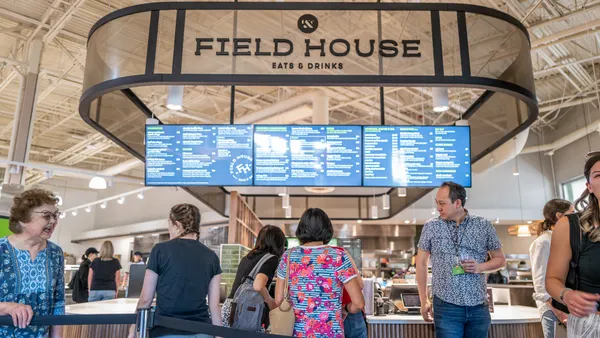The Direct-Store-Delivery (DSD) distribution model has been around for a while, but along with the rest of retail, technology is rapidly evolving and changing the landscape.
As retailers adopt new technology to modernize operations and get a better handle on stocking the right inventory, at the right location, at the right time, the area of DSD cannot be overlooked by competitive retailers seeking to be ahead of the curve.
DSD essentially works like this: a retailer lets a manufacturer execute in-store operations, such as shelf replenishments, by allowing manufacturers or suppliers to deliver goods directly to the retail store, bypassing warehouses or distribution centers.
While this alternative distribution model has its benefits, it also has downsides, such as out of stocks leaving customers unhappy and impacting loyalty and profits. And lately, more retailers are adapting AI-powered demand forecasting, allowing for smarter inventory decisions.
“Whether you are filling that shelf or somebody else is filling that shelf, your brand is on the line for that experience,” says Lauren Kennedy, VP of Customer Success at Upshop. “A consumer does not walk in and say, ‘man, my Cheetos are missing, that's Frito Lay's fault.’ They say, ‘that's [the store’s] fault.’”
Challenges of DSD
Kennedy, who spent her career in retail and more than 10 years at Target, heads the team that manages relationships with, and acts as an advocate for, Upshop’s retailer customers across the globe.
When discussing DSD, she notes “it's easy to see a glaring opportunity when you look at [receiving] and ask, ‘how do we create vendor controls at the back door to eliminate different risks, whether that be shrink, bringing in additional products, or getting the things you want in the back door in a safe and secure manner?”
While she notes the CPG vendors who are DSD suppliers want to drive sales just as much as the retailers do, unfortunately there's oftentimes a disconnect between what is actually needed at the store level.
Add to that, that the number of suppliers that retailers are working with has increased over the years, making the situation more complex.
Sobeys knows this first-hand. The retailer has been on a journey to take back control of DSD. “We need our stores to try to manage this with the vendor,” noted Sean Macinnis, Director, Retail Systems, Sobeys, during the panel “Total Control of DSD Management” at the xxxxx conference. “Across 1,500 stores, we’ve got 1,500 relationships where a store maybe doesn’t necessarily have visibility into what that contract is [with the DSD vendor] or some of the expectations. Bringing that back and trying to manage that wholly is really what we’re trying to accomplish.”
In addition, Kennedy notes that becoming local in your own communities is always going to be important, although it adds complexity.
“Whether you're bringing in the local soda shop, the local beer vendor… the complexity of the suppliers that are filling your store to bring localization has only increased. Our retailers have to be examples of the communities that they're in.”
“I think what's hard is, there's a variance of maturity in the retail space and what [retailers] can do from a technology standpoint. I think knowing that — that is where some of the shifts of responsibility have potentially happened, right?”
For example, retailers may use DSD to say they don’t want any accountability. But on the flip side, the retailer then runs the risk of losing a sales opportunity because the company is putting its full trust in the supplier executing against what is actually needed in the store versus the supplier just filling the shelf.
“It's hard, it's daunting for retailers to think they can fit the needs of all suppliers,” she shares. “How do you create a standard operating procedure that applies to somebody as large as Coca-Cola or Frito-Lay to somebody as small as your local beer vendor?”
Currently, Kennedy says the way retailers and receivers interact with DSD vendors varies widely. “Some are feeding orders in some sort of analytical Excel sheet. Some may be pulling up sales demands within the store, but it really varies.”
Removing the fragmented experience with one solution is how Kennedy sees retailers taking back control of the DSD process.
“At the end of the day we've got to circulate the procedures end-to-end. You can't look at it just from an ordering standpoint or you can't look at it just from a merchandising visual standpoint or just the execution in the back door.”
“If we continue, best-in-class is going to have an end-to-end. [Retailers are] going to look at DSD or your supplier's end-to-end — that full circle experience.”
Taking control of DSD
Before Sobey’s started to modernize its DSD processes and technology, according to Macinnis, the stores just received what the DSD vendors delivered. “We were blind at the receiving side,” he noted. But now, “we now know what we ordered, versus what they sent back to us. We’ve got accountability in the system now that never used to exist,” he said.
The Kroger Co. is another retailer that has taken back more control of its DSD processes. The grocer deployed a modernized software system for receiving deliveries in thousands of its stores. The system Kroger tapped automates several receiving tasks and creates a closed-loop process from order creation through receiving, allowing retailers to measure vendor service levels, according to Supermarket News.
“Replacing or modernizing just the technology platform itself at the back door from a streamlined receiving [perspective] is going to unlock your ability,” says Kennedy, “from [adding] flexible ways to receive or standardizing ways that you desire to receive at the back door.”
Additionally, having mobile technology in the receiving area helps with getting more immediate identification on any deviations from the expected order and knowing if the items arriving are authorized or not.
“You're able to implement different levels of control at the back door with a modern platform,” she notes.
Implementing a modern DSD receiving solution to help with cost variations, discrepancies, invoicing, check in, and more, could ultimately help retailers see increases in sales and decreases in shrink.
“That's going to look different by supplier based on the agreements that you have set up,” says Kennedy. “But long game here is, if you can control this, what can you do for future contracts with CPGs to write a more effective contract? I think the immediate need is around, when we look at the issues that we see in the DSD space, on average there are 23 service issues per week.”
That number comes from GlobalWorx, which also finds 14 out of stocks per service issue. “Our suppliers, our DSD vendors, don't service every day; so it on average takes 31 hours to resolve that,” says Kennedy. “So if you think about it at a store level, 14 out of stocks might not seem like per a week, but if you think about the compounded time that takes to resolve it, we're talking over $50,000 that could be lost in a store throughout a year. So that's where the importance [of taking control of DSD] comes from.”
Macinnis concurred during the panel, having noted, “taking this on and taking total control of DSD does drive sales. I can prove it, I have the data for it.” He concluded, “there are improvements in sales, in margin, in shrink, in service levels — all of those things.”
Written By Jamie Grill-Goodman

